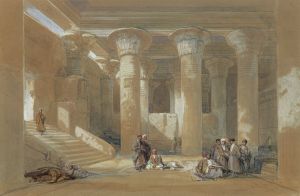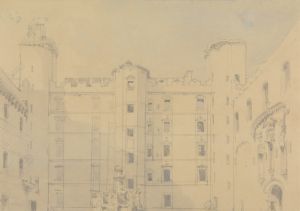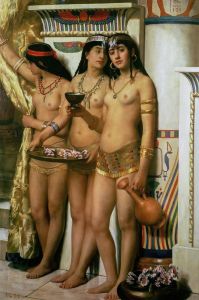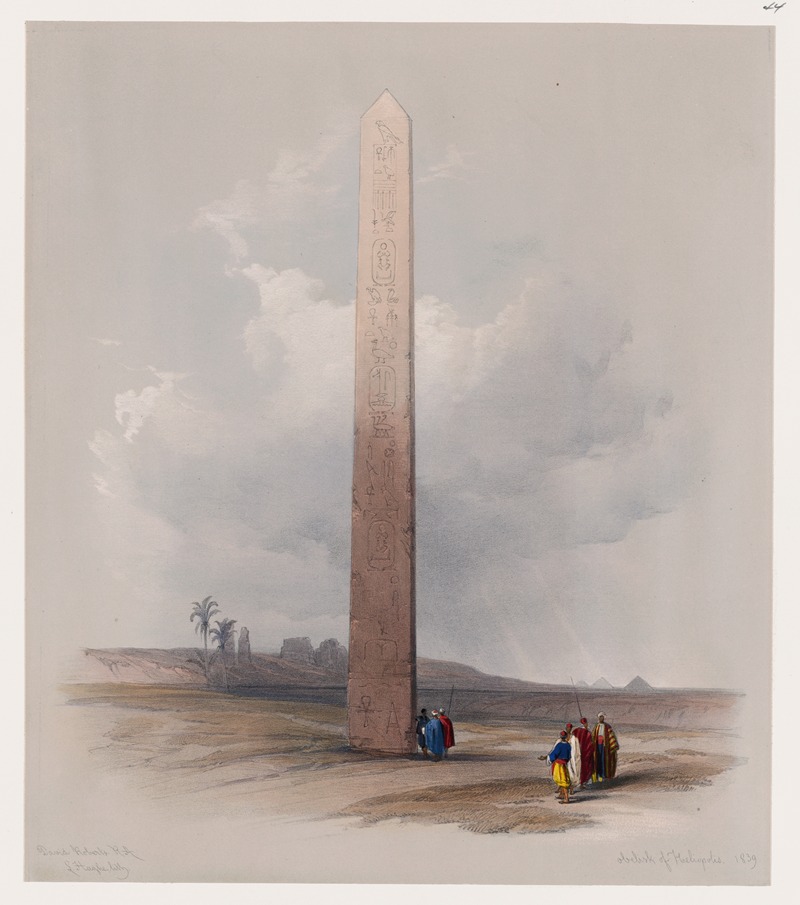
Obelisk of Heliopolis. 1839.
A hand-painted replica of David Roberts’s masterpiece Obelisk of Heliopolis. 1839., meticulously crafted by professional artists to capture the true essence of the original. Each piece is created with museum-quality canvas and rare mineral pigments, carefully painted by experienced artists with delicate brushstrokes and rich, layered colors to perfectly recreate the texture of the original artwork. Unlike machine-printed reproductions, this hand-painted version brings the painting to life, infused with the artist’s emotions and skill in every stroke. Whether for personal collection or home decoration, it instantly elevates the artistic atmosphere of any space.
The painting "Obelisk of Heliopolis. 1839." by David Roberts is a notable work by the Scottish artist, who is renowned for his detailed and evocative depictions of architectural and historical sites in the 19th century. David Roberts was born in 1796 and became one of the most prominent Orientalist painters of his time, capturing the imagination of the European public with his vivid portrayals of the Middle East and North Africa.
The obelisk depicted in this painting is located in Heliopolis, an ancient city that was once a major religious center in Egypt. Heliopolis, known in ancient Egyptian as Iunu, was dedicated to the worship of the sun god Ra and was one of the oldest cities of ancient Egypt. The city was famous for its grand temples and numerous obelisks, which were believed to be symbolic representations of the sun's rays.
Roberts visited Egypt as part of his extensive travels throughout the Middle East from 1838 to 1839. During this journey, he produced a vast collection of sketches and studies that would later serve as the basis for his lithographs and paintings. His work provided a comprehensive visual record of the region's ancient monuments and landscapes at a time when photography was still in its infancy.
The "Obelisk of Heliopolis" painting captures the grandeur and historical significance of the site. Roberts' attention to detail and his ability to convey the scale and majesty of the obelisk are evident in the composition. The painting likely reflects the obelisk's setting amidst the ruins of Heliopolis, highlighting the contrast between the enduring stone monument and the passage of time that has left the surrounding structures in decay.
Roberts' works were highly influential in shaping Western perceptions of the Middle East during the 19th century. His paintings and lithographs were widely distributed and admired, contributing to the Orientalist movement in art and literature. The accuracy and detail of his depictions were praised, and his works remain valuable historical records of the sites he visited.
The "Obelisk of Heliopolis" is part of a larger series of works by Roberts that document his travels in Egypt and the Holy Land. These works were published as lithographs in the six-volume set "The Holy Land, Syria, Idumea, Arabia, Egypt, and Nubia," which was released between 1842 and 1849. This publication was a commercial success and solidified Roberts' reputation as a leading artist of his time.
David Roberts' legacy as an artist is marked by his ability to capture the essence of the ancient world with precision and artistry. His works continue to be appreciated for their historical significance and artistic merit, offering a window into the past and the enduring allure of ancient civilizations.





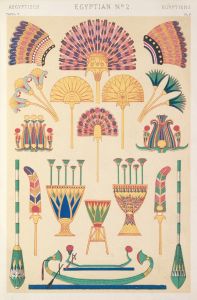
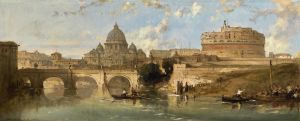
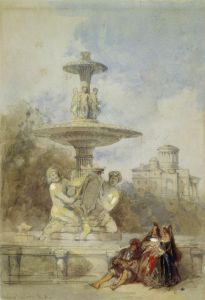

![Interior of the mosque of the Sultan El Ghoree [Masjid al-Ghuri].](/imgs/217498/s/david-roberts-interior-of-the-mosque-of-the-sultan-el-ghoree-masjid-alghuri-97814173.jpg)

![Portico of the Temple of Edfou [Idfû], Upper Egypt. Nov. 23rd, 1838.](/imgs/217527/s/david-roberts-portico-of-the-temple-of-edfou-idfu-upper-egypt-nov-23rd-1838-79b6cf5b.jpg)
![Ruins. Temple on the Island of Biggeh [Bîga, Bîjah], Nubia.](/imgs/217537/s/david-roberts-ruins-temple-on-the-island-of-biggeh-biga-bijah-nubia-1cd1f41d.jpg)
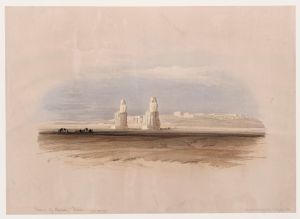
![Temple of Dandour [Dendûr], Nubia.](/imgs/217545/s/david-roberts-temple-of-dandour-dendur-nubia-8921547f.jpg)
